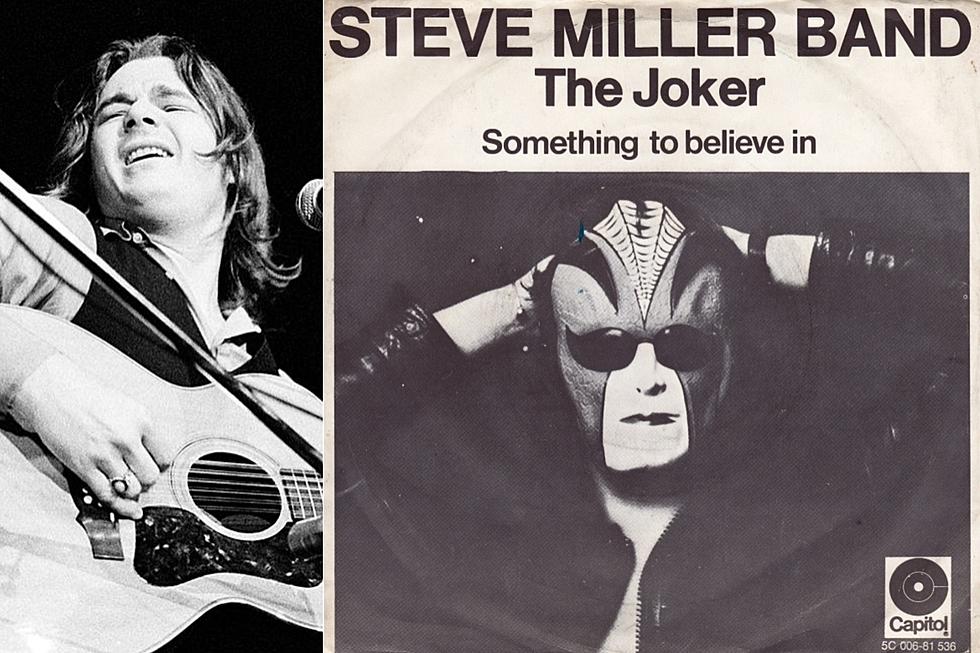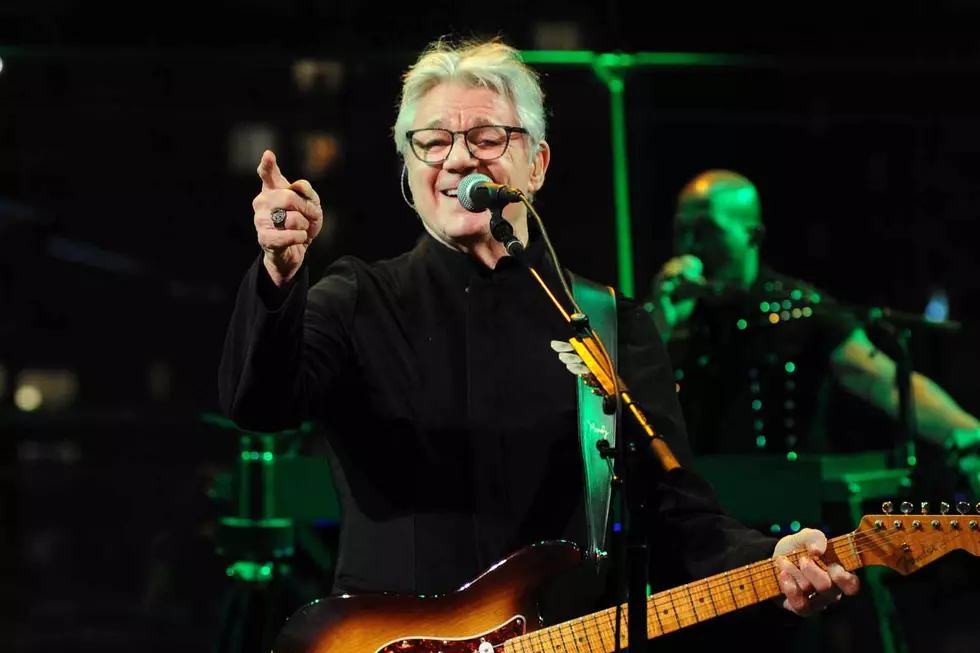
Top 10 Steve Miller Band Songs
For the better part of the past 50 years, Steve Miller has been quietly occupying his own little chunk of the music world. And as our list of the Top 10 Steve Miller Band Songs proves, he's made the most of it. Miller started out by learning his craft from the blues guitar players he idolized. Along the way, he developed his own talents as both a guitarist and a songwriter. From early FM-radio favorites like "Living in the U.S.A." through massive Top 40 hits like "Fly Like an Eagle," Miller racked up an impressive run in the late '60s and '70s (which ultimately led to more pop territory in the '80s with the No. 1 "Abracadabra"). Early Steve Miller Band records are very much products of the era in which they were made: namely, late-'60s San Francisco. Albums like Brave New World and Children of the Future are forward-looking musical statements that sit comfortably alongside their contemporaries. Miller has remained relatively active over the past five decades in the studio and on the road, and his old hits -- many of which make our list of the Top 10 Steve Miller Band Songs -- still get plenty of airtime.
- 10
"Quicksilver Girl"
From: 'Sailor' (1968)The band's first album, Children of the Future, was somewhat disjointed. While it features some good tracks, it wasn't until their second album, Sailor, that everything started to come together. "Quicksilver Girl" is a beautiful song with some haunting vocals and dreamlike guitars that weave in and out of each other in fine acidic fashion without ever being swallowed up by gimmicks of the era. Miller seems pretty conscious about keeping his feet on, or at least near, the ground.
- 9
"Jackson-Kent Blues"
From: 'Number 5' (1970)Number 5 is one of the Steve Miller Band's strongest albums; "Jackson-Kent Blues" is the LP's centerpiece. Clocking in at more than seven minutes, the song not only allows Miller and band to stretch out, but also to comment on the world around him. The lyrics deal with shootings of students at Kent State University and Jackson State College, which occurred within days of each other. Likewise, the song gives Miller an opportunity to sail away on lead guitar. Released at the end of 1970, it would be the last of Miller's batch of classic early albums. A new decade and style were approaching on the horizon.
- 8
"Space Cowboy"
From: 'Brave New World' (1969)By the time of their third album, 1969's Brave New World, Miller and band were sharpening their focus and style. That's no more evident than it is on "Space Cowboy," one of the LP's key tracks. Even though it wasn't released as a single, it became a favorite on underground and FM radio. The song, co-written by Miller and keyboardist Ben Sidran, features distinct harmonies that would become a Miller trademark. He would later reference the song on his 1973 hit "The Joker."
- 7
"Jet Airliner"
From: 'Book of Dreams' (1977)"Jet Airliner" kicks off 1977's Book of Dreams, the follow-up to the breakthrough Fly Like an Eagle LP and helped seal Miller's success on the charts. Paul Penna, an obscure late-'60s musician and songwriter, wrote the song but never recorded it. Miller's keyboardist brought it to the band, which turned it into a Top 10 smash in the summer of 1977.
- 6
"Brave New World"
From: 'Brave New World' (1969)The title cut from 1969's Brave New World is a psychedelic-shaded tour de force. "We're traveling fast from our dream of the past to the brave new world where nothing will last that comes from the past," Miller sings in the song's opening verse. It features a fairly straightforward blues groove, but it's vividly painted in technicolor. If you're not familiar with Miller's work before the familiar chart hits, this is a good place to start.
- 5
"The Joker"
From: 'The Joker' (1973)In 1973, Miller finally broke through in a big way. On his eighth album, The Joker, he would steer his band's sound into a more focused pop-rock direction with few ties to his blues roots. The payoff was huge, giving Miller his first No.1 hit with the title track. The song's lazy groove and distinctive wordplay -- especially the "pompatus of love" line -- caught listeners' ears and have lived a long life in the lexicon of pop culture ever since.
- 4
"Going to the Country"
From: 'Number 5' (1970)The Steve Miller Band released their first five albums over a two-and-a-half year span. That's a heavy workload, especially when you mix in concerts and such. But the hectic schedule did little to hinder Miller's creativity on Number 5. "Going to the Country" remains one of the highlights of the LP and features killer guitar work by Miller and ace harmonica playing by session pro Charlie McCoy.
- 3
"Fly Like an Eagle"
From: 'Fly Like an Eagle' (1976)After nearly a decade of making music, Miller finally hit gold with his ninth album. The title track was a huge reason why. The LP had already spawned two big hits with "Take the Money and Run" and "Rock'n Me" when "Fly Like an Eagle" was released as a single. It shot to No. 2, cementing Miller's status and remaining a radio staple to this day.
- 2
"Take the Money and Run"
From: 'Fly Like an Eagle' (1976)Nineteen-seventy-six was a key year for Miller. A month before the release of his breakout Fly Like an Eagle LP, "Take the Money and Run" landed as its first single. FM radio wore out the album's title track, but it was "Take the Money and Run" that caught fire in the Top 40, where it stalled just shy of the Top 10 that spring. It remains one of Miller's all time best and biggest hits.
- 1
"Living in the U.S.A."
From: 'Sailor' (1968)Even though it never became a hit single, "Living in the U.S.A." was all over FM radio back in the day and served as many fans' introduction to Miller. It's one of the many great tracks on the band's 1968 sophomore album, Sailor, and features Miller on lead vocals with harmonies by band member Boz Scaggs, who would go on to bigger things as a solo artist around the same Miller finally broke through in the mainstream in the mid '70s.
More From Ultimate Classic Rock









